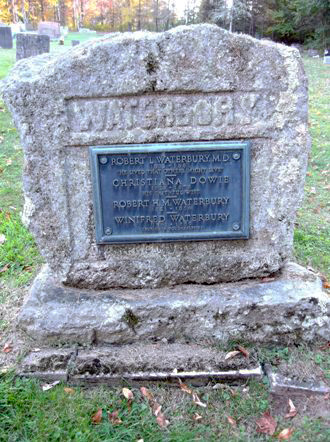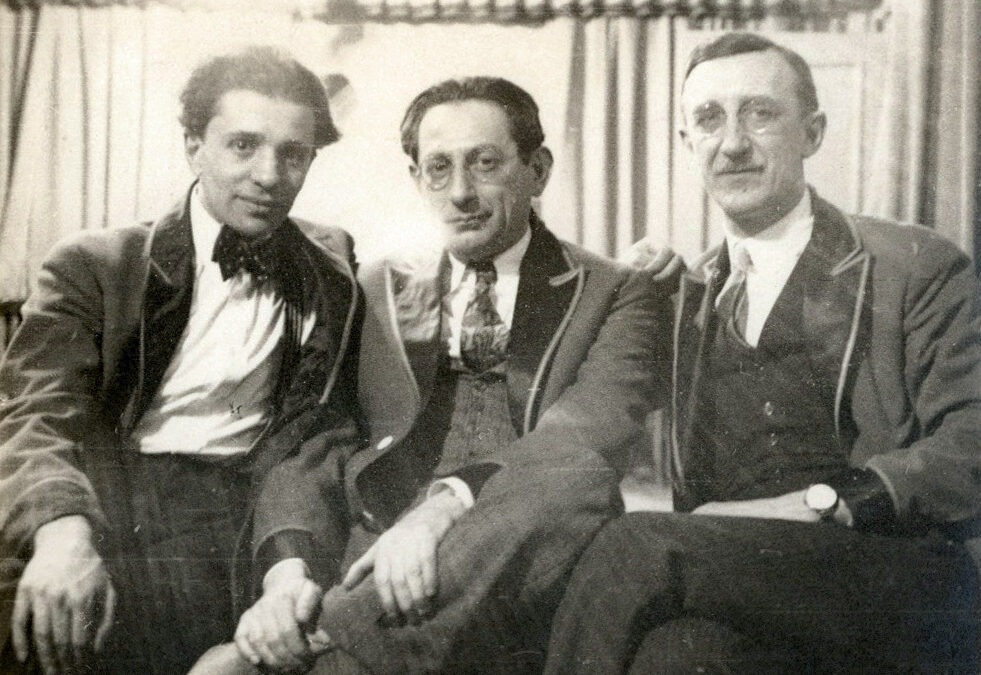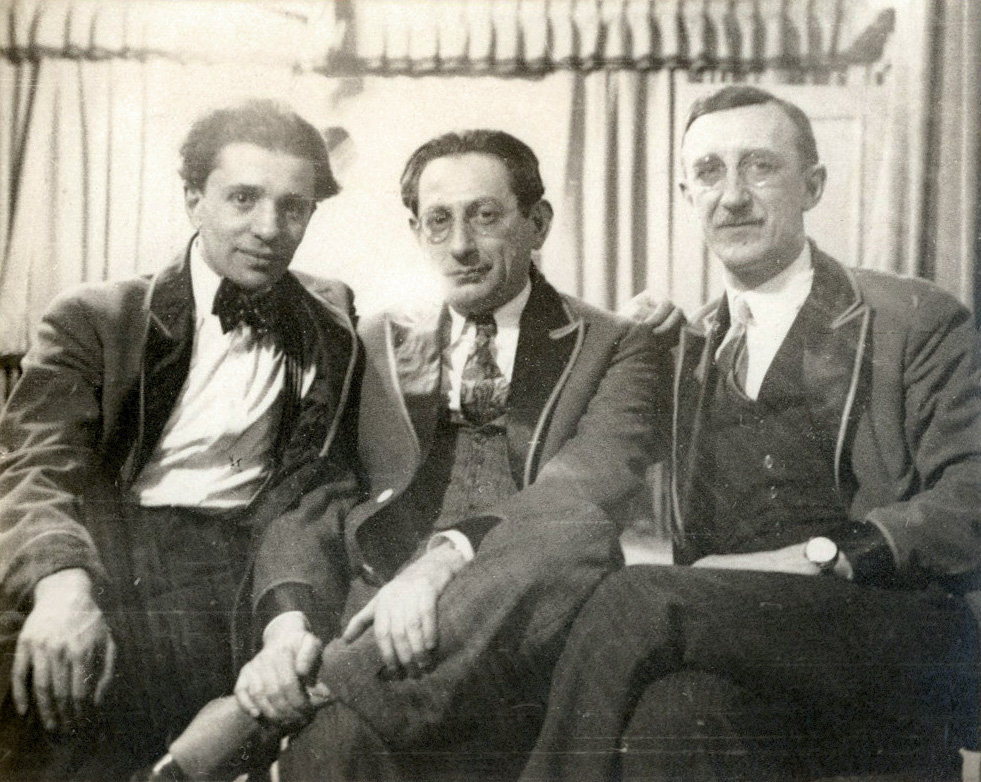Need your feathers renovated?
While doing some research in the 1880 Middletown census I came across an unusual occupation of a man named J. L. Thurber, age 54: “feather renovator.” He and wife Olive had three sons, Adelbert, 20, Eddie, 18 and Herman, 14, all listed as laborers. Hmmm, what the heck was a feather renovator? Google and Goodsearch yielded a couple of ideas, the closest perhaps from the memoir of an Illinois woman, whose memories were published in The Prairie Historian, Jefferson Co. IL, March 1972:
“I remember when the feather renovators came to town. They stayed several days, making over and reconditioning feather beds and pillows. The young men were sporty guys and the girls liked that. One girl eloped with her renovator beau.”
It sounds like the cleaning and plumping of feather pillows and mattresses was later done by steam machines. For example, the Wikipedia entry for inventor Robert Benjamin Lewis of Maine explained that decorative feathers–ostrich, peacock, egret, and the like—were used to adorn the wardrobe of the fashionably dressed, and when the garments were sent out to be laundered and cleaned, the feathers would go also. On June 27, 1840, Robert Lewis assigned U.S. Patent no. 1655 to New York City businessman John H. Stevens; this patent was for a “Feather Renovator,” or a “Machine for Cleaning and Drying Feathers,” described as the “arrangement and combination of feathers by steam and steam heat” and could be used for dressing over old feathers or preparing new feathers for any domestic purposes.”
Any other ideas out there?



